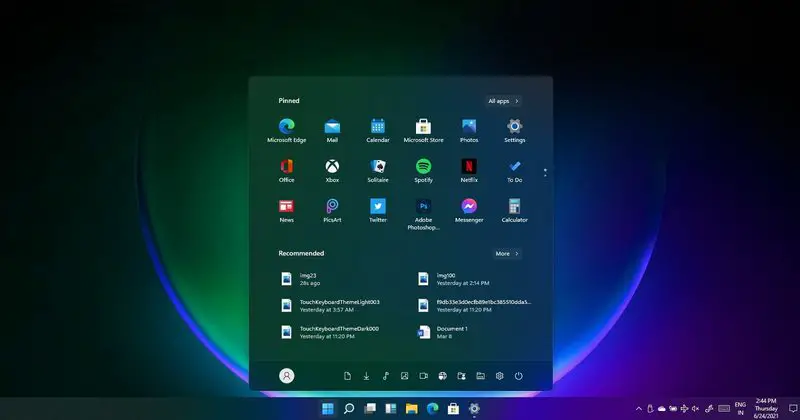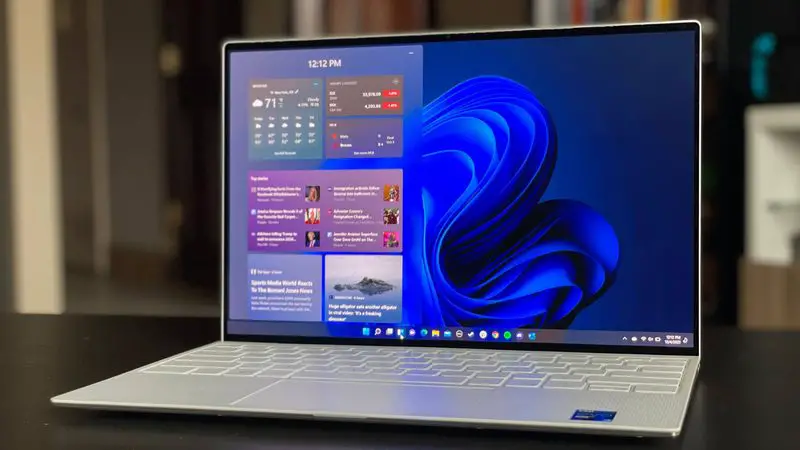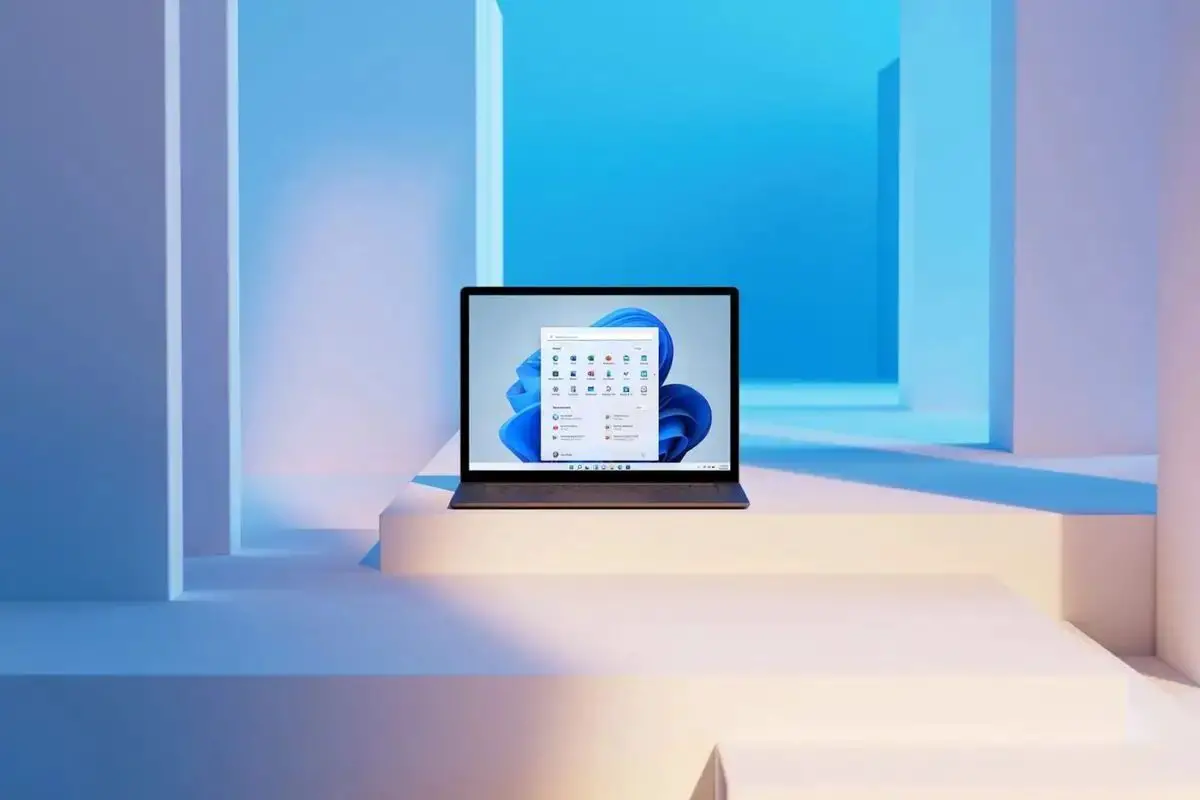Microsoft’s Windows 11 rollout is ramping up, which means your Windows 10 computer may soon receive an invitation to upgrade. When that day comes, you’ll have a decision to make: Proceed with the upgrade, or stick with Windows 10?
The good news is that you won’t be forcibly moving to Windows 11. At the moment, at least, the update requires you to confirm the installation by clicking a button similar to the one shown here.
Does your hardware support Windows 11?
If your computer is brand new, it may have come with Windows 11 preinstalled. If so, you have the option to upgrade to Windows 10, but I don’t recommend it. Most people will do just fine by sticking to the operating system, hardware drivers, and utility software that their computer is designed for.
For older PCs, the story becomes more complicated due to the hardware requirements of Windows 11. This is more than just a technical detail. The biggest hurdle is the CPU compatibility requirement, which excludes most computers developed before 2019. If you have an Intel processor of a generation (7th or older), its processor is not supported, which means that you will not be offered updates at this time.

You still have the option to upgrade to Windows 11 on these older computers, but you’ll have to do it the hard way July by downloading the installation files, doing a clean install, and then restoring your programs and data.
The functions some people love
Some people like how Windows 10 works. So they are interested in some aspects of the user experience that are changing in Windows 11.
For example, you can place the Windows 10 taskbar at the top or both sides of the screen, but the Windows 11 version is limited to the bottom of the screen. The update also eliminates the possibility of dragging a file or application icon to the taskbar and fixing it as a shortcut and organizing Start menu shortcuts into folders.
There is a long list of features that have been removed or deprecated in Windows 11. If something in this list is necessary for you, consider delaying the update.
Of course, this factor also works the other way around. Do you use a docking station with a laptop? Do you use multiple monitors? If so, the changes in Windows 11 are a significant improvement over their equivalents in Windows 10, and the update is likely to be positive for you.
Compatibility issues
Since Windows 11 is basically a feature upgrade to Windows 10, most Windows 10-compatible devices and apps will work after the upgrade. But for some computers, if you cancel the update and return to Windows 10, you will lose all your data.
To be clear, the best time to evaluate compatibility is the time before the update. For hardware devices, this means installing Windows 11 on a separate device (or a new partition on the main device) and checking that it works correctly. Software and service compatibility testing can usually be done using a virtual machine.
If you have compatibility issues after upgrading, going back to Windows 10 is always an option, but your best course of action is to avoid this requirement by doing thorough testing first.
You may have annoying errors
The new operating system is completely new. It will not only have to adapt to previous software and hardware, but it will also have to take into consideration all of the changes introduced by the new Microsoft Edge browser, the new Cortana digital assistant, the new Windows Store apps, and much more.

After a major update, Microsoft usually issues a list of security and reliability updates on the second Tuesday of each month. It’s a good idea to check for any of these updates during the following week, as many of them may fix performance problems.
If you are still concerned that the new update will have a negative impact on your workflow, the first thing to do is look at the list of known issues in the Windows 11 Publication History panel. This list contains detailed descriptions of errors and compatibility issues and is updated when solving a problem or finding a workaround.
If you prefer to delay solving these problems, consider waiting for Windows 11 to become a little more mature. In the new annual update program, the first major feature update for Windows 11 will take place in October 2022. This update will be equivalent to what the old ones knew as Service Pack 1. If you wait until a few months after this release, it will have a great chance to avoid all the problems that early adopters face.





